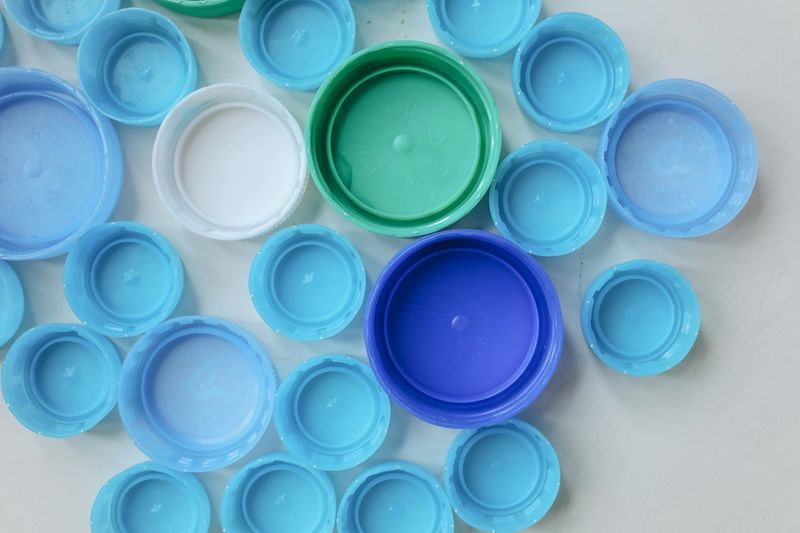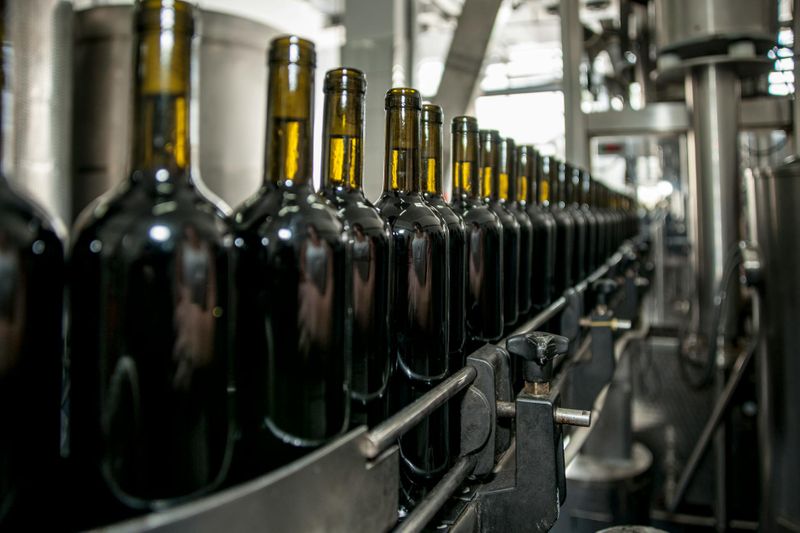At a glance
- PET is a durable, recyclable plastic used in packaging, textiles, and more.
- It is valued for its strength, lightweight nature, and chemical resistance.
- PET's versatility makes it useful in industries like food and beverage processing.
PET, or PETE, is a versatile, strong plastic used in a lot of things. This low-weight element provides great strength, resistance to most chemicals, and recyclability, hence being common in food processing and packaging, beverages processing, textiles, and many more. In this work, the properties and manufacture of PET engineering plastics will be discussed, along with a wide range of applications, including food production and beverage packaging.
What is PET, and How is It Made?
PET is one of the most strong, lightweight, and highly versatile plastics in the polyester family. It comes about through a chemical reaction between two major ingredients, namely: ethylene glycol, a colorless liquid; and terephthalic acid, in solid crystalline form.
These substances react under heat and chemical catalysts to form long chains of PET polymers.
This polymerisation process results in PET, which can be moulded or spun into fibres, depending on the desired use. As a polymer, PET’s molecular structure makes it stiff and strong, especially when the chains are aligned in an orderly way. This strength allows PET to be used in a variety of applications, from textiles to containers.
PET Engineering Plastics: Characteristics and Properties
There are few types of plastics with properties as excellent as those of PET. It's tough yet lightweight, and resistant to water and chemicals. Moreover, it can easily be moulded or blown into a particular form. Being semi-crystalline, it is naturally transparent and lets the material be flexible enough and strong. The main characteristics of PET include:
Key characteristics of PET include:
- Strength and durability: The good strength-to-weight ratio that is possessed by PET allows the material to withstand harsh conditions without weighing a lot.
- Chemical resistance: Since the material of PET does not degrade with organic material or water, it is very suitable for packing food and beverages.
PET's diverse capabilities render it effective in a variety of industries, including food machinery manufacturing to beverage processing, especially within areas such as Shepparton, Goulburn, and Southern NSW.
How is PET Used in Food and Beverage Packaging?
One of the most common uses of PET engineering plastics is in packaging, particularly for food and beverages. Because PET is virtually impermeable to gases and liquids, it’s an excellent choice for bottling and packaging products like carbonated beverages, juices, and other consumables that require protection from contamination.
PET containers are popular for several reasons:
- Lightweight: PET bottles and packages are much lighter in comparison with glass and other alternatives, hence cheaper to transport.
- Shatter-proof:it will not break like glass, adding safety for transportation and handling.
In the production of food, the PET containers help in freshness and intactness.
PET in Textiles and Industrial Applications
Probably the most prevalent use of PET engineering plastics in applications related to packaging, food, and beverages is widely varied. With PET virtually impermeable to both gases and liquids, the logical following could easily be toward its uses within bottling and packaging in a host of areas, such as carbonated beverages, juices, and other consumables in need of protection from contamination.
In industrial applications, PET is used in:
- Automobile components: The high strength, resilience, and resistance make PET fibres useful in producing the following car components: seat belts, tyre yarns, and conveyor belts.
- Nonwoven fabrics:PET is used in nonwoven materials that stabilise railroad beds, culverts, and drainage ditches, as well as in medical garments and diaper top sheets.
- Insulation: PET shows excellent insulation, hence it's used in manufacturing insulated clothing to furniture and pillows.
This broad range of applications shows how PET engineering plastics have become indispensable within many industries, from food production and the machinery manufacturing industry to more specialised outlets, such as wine bottling and canning.
PET and Sustainability: Recycling and Environmental Impact
Among the key properties of PET is that it is recyclable. It is the most widely recycled plastic and, provided it is correctly managed, is highly sustainable. Containers and packaging made from PET can be collected, washed, and reprocessed into new products upon disposal. In some cases, PET can even be broken down into its original chemical components and reformed into new PET materials.
Recycling PET:
- Recycled into fabrics: PET is often "downcycled" into fibres that are used to make items like carpets, textiles, and even clothing.
- Reused in packaging: When collected in a pure state, PET can be reprocessed and used again in the same applications, such as food and beverage containers.
PET’s recyclability helps reduce the overall environmental footprint of industries like food production and beverage processing. In regions such as the Murray Valley, where food and beverage manufacturing are key sectors, this sustainability factor is particularly important for reducing waste and promoting eco-friendly practices.
Challenges and Limitations of PET Engineering Plastics
While PET has many advantages, a number of disadvantages also exist. One of the problems is that it is susceptible to oxidation, which reduces its use in the packaging of products with a longer shelf life, such as beer and wine. Over a long period, PET bottles can let small amounts of oxygen permeate, thus getting into the flavour.
Other limitations include:
- Low heat resistance: PET has a relatively low softening point of about 70°C/160°F, restricting its use in hot food packaging or other high-temperature applications.
- Recycling contamination:PET can only be properly recycled if the material does not have contaminants, which sometimes is hard to avoid in mixed-use recycling streams.
Because of the preceding factors, even then, PET is among the highly used and adaptable plastics throughout the world for various manufacturing sectors, which highly place great importance on sustainability and affordability.
PET in Niche Food Production and Machinery Manufacturing
In specialised sectors like food machinery manufacturing and niche food production, PET engineering plastics are highly valued for their mechanical properties and ability to withstand the demands of food processing environments. PET is used to manufacture parts that require durability and resistance to chemicals, including machinery components that come into direct contact with food products.
PET’s versatility allows it to be used in both high-volume and niche applications, contributing to its growing popularity in the global manufacturing industry. In service areas such as Goulburn and Shepparton, where food production and beverage processing are key industries, PET plays a vital role in ensuring product safety, efficiency, and quality.
Conclusion: The Future of PET Engineering Plastics
PET engineering plastics have transformed industries like food production, wine bottling, and beverage processing because of their strength, versatility, and recyclability. As a sustainable material, PET offers industries the ability to reduce their environmental impact while benefiting from the strength and durability of this innovative plastic.
It continuously serves a purpose, whether it be in textiles, industrial, or packaging uses. Where recycling technologies are improving all the time, the contribution of PET in the sustainable material drive of the world will most likely grow to offer further solutions for industries prioritising both performance and environmental responsibility.







